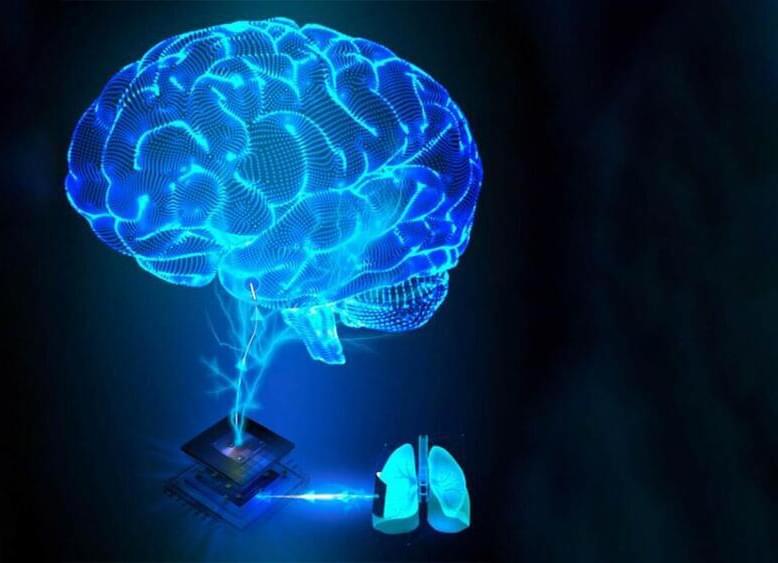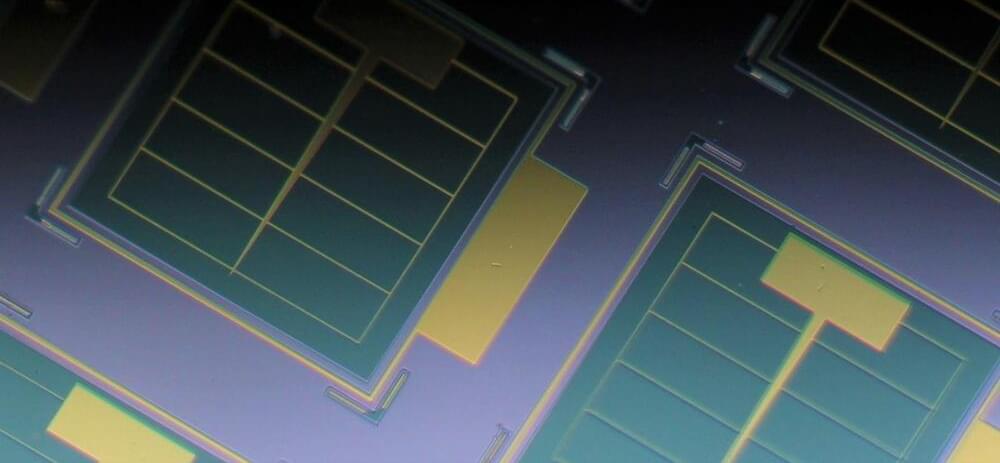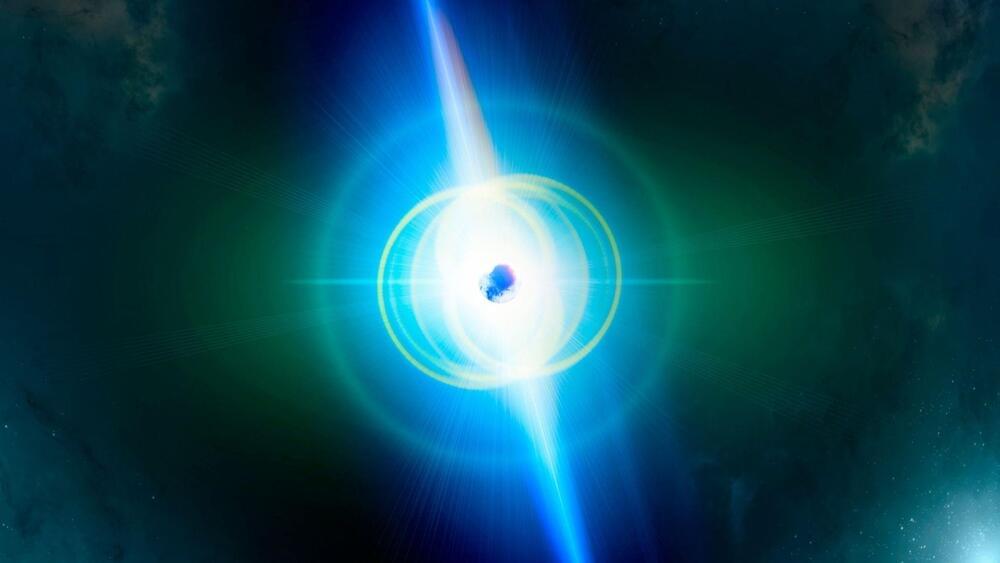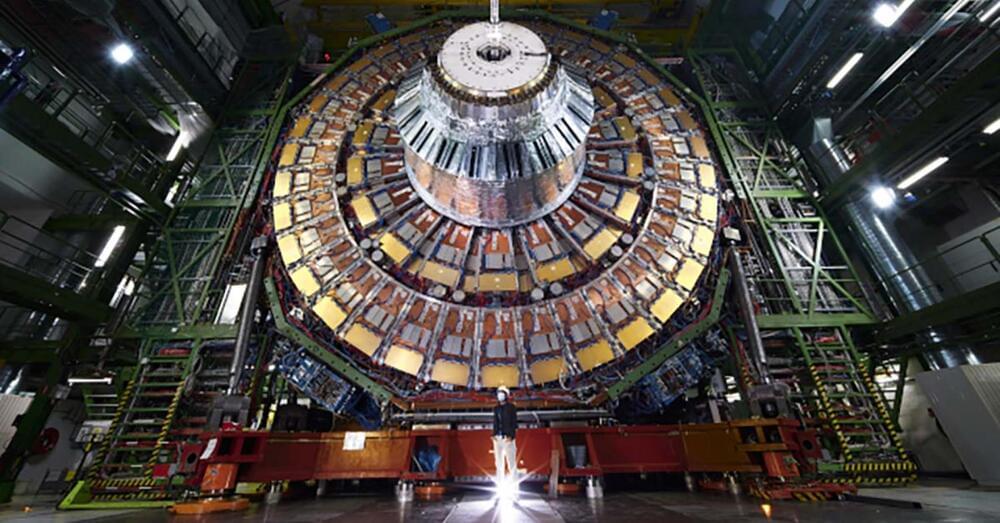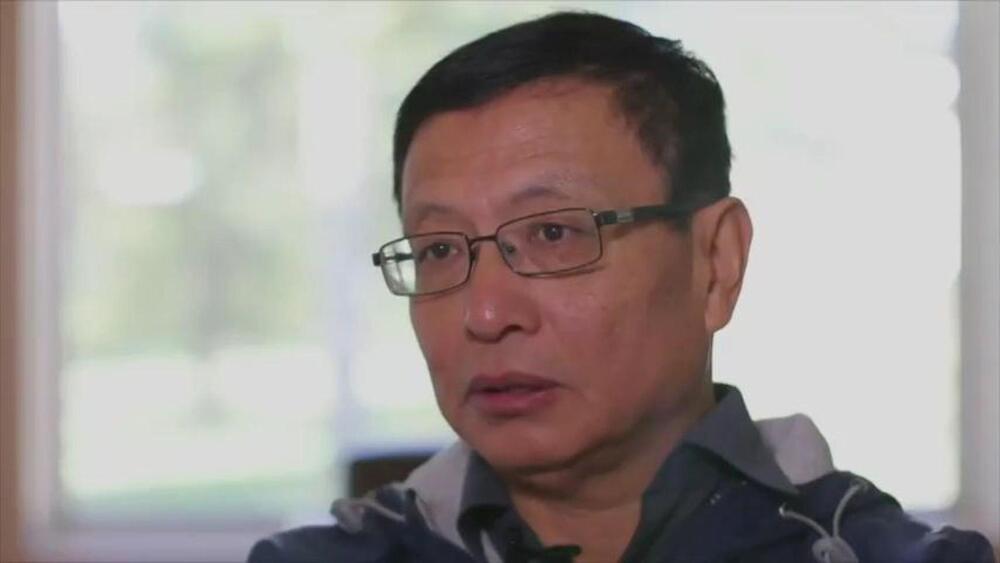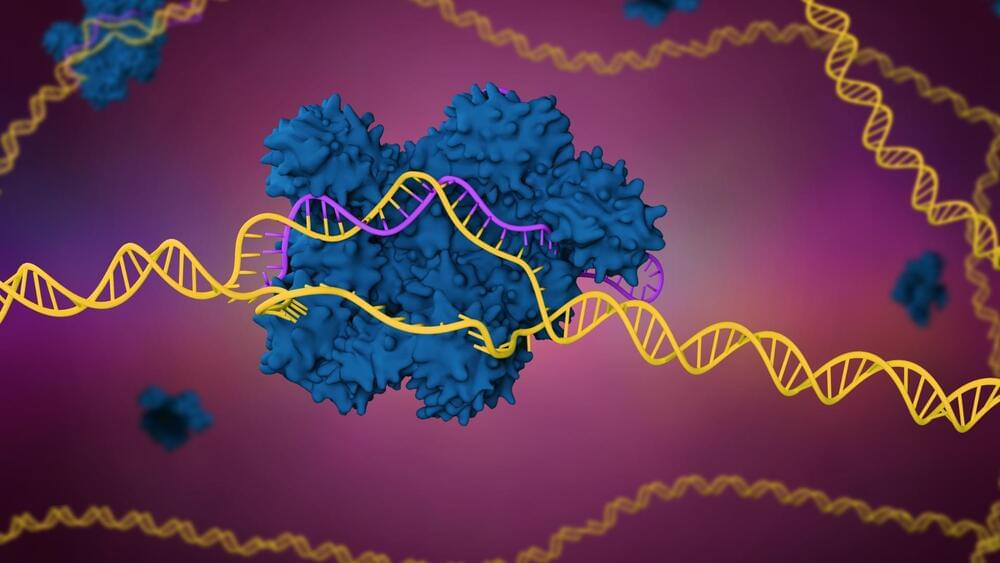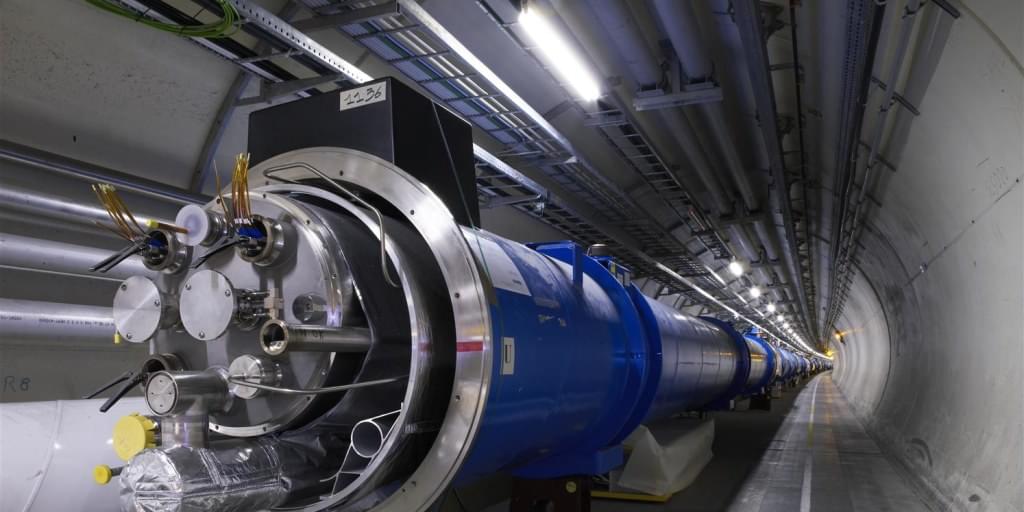It gives new meaning to the phrase “speak your mind.
Do you remember how legendary cosmologist Stephen Hawking communicated using his special screen-equipped chair? Well, that was a brain-computer interface (BCI), a device that allows a person to communicate using their brain signals.
There are approximately 70 million people across the globe who suffer from speech-related disorders. What if there was a BCI for each one of these patients that could at least spell out words, if not speak for them? A team of researchers from the University of California, San Fransico (UCSF) works on one such groundbreaking device.
They have created a neuroprosthesis (a type of BCI device that re-establish lost functions of the nervous system) that analyzes the brain activity of a user with speech paralysis. The device then translates the brain signals into single letters and spells sentences on a screen. Reading the sentences lets anyone know what the user wants to say.
